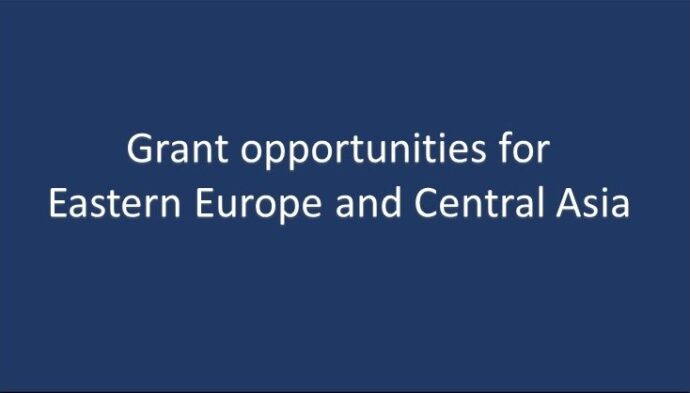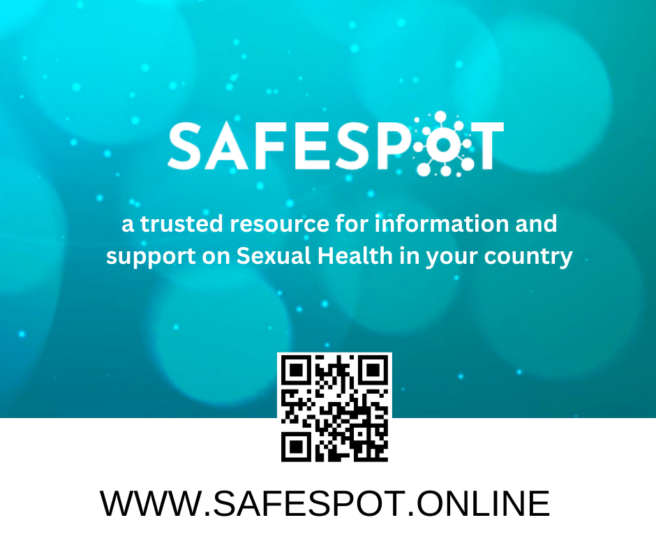 Author: Anke van Dam, AFEW International
Author: Anke van Dam, AFEW International
For a couple of years, European civil society organisations advocate for a new European Communication and Action Plan for HIV. In the World Health Organisation, new HIV diagnosed infections in European region increased by 76%. These infections more than doubled in Eastern Europe and Central Asia (EECA) from 2005 to 2014. The whole European region accounted for 153 000 reported new infections in 2015 (ECDC 2017). The cumulative number of diagnosed infections in the European region increased to 2,003,674, which includes 992,297 cases reported to the joint ECDC/WHO surveillance database and 1,011,377 infections diagnosed in Russia, as reported by the Russian Federal AIDS Center.
Co-infection in the EECA region
According to ECDC monitoring and the WHO Europe HIV action plan adopted in September 2016, these underline the high rate of tuberculosis (TB) and hepatitis B and C coinfection among people who live with HIV (PLHIV). In 2014, TB was the most common AIDS-defining illness in the eastern part of the region.
Of the estimated 2.3 million PLHIV who are co-infected with hepatitis C virus globally, 27% are living in the EECA region. An estimated 83% of HIV-positive people who inject drugs live with hepatitis C in the eastern part of the region.
Plan was prolonged
The European Union had a Communication ‘Combating HIV/AIDS in the European Union and neighbouring countries, 2009–2013’ and its associated Action Plan.
The overarching objectives of the Communication were to reduce the number of new HIV infections in all European countries by 2013, to improve access to prevention, treatment, care and support, and to improve the quality of life of people living with, affected by, or most vulnerable to HIV/AIDS in the EU and neighbouring countries. This Plan has been prolonged for another three years. It was followed up with a Commission Staff Working Document: ‘Action Plan on HIV/AIDS in the EU and neighbouring countries: 2014-2016.’’
Already during the period of the prolongation and for three years, the European civil society organisations, including AFEW International, that work in the field of HIV, are advocating for the new communication and action plan. So far without success, despite the fact that according to the evaluation, the Communication and its Action Plan were seen by stakeholders to have provided the necessary stimulus, continuous pressure and leverage for various stakeholders to advocate for and take actions against HIV/AIDS in Europe.
Response is developed
The epidemiology of the three diseases – HIV, TB and viral hepatitis – urged the European Commission to develop a ‘Response to the Communicable Diseases of HIV, Tuberculosis and Hepatitis C’ in 2016. Next to this, the European Commission changed the civil society forum on HIV and AIDS, an advisory body to the European Commission into a civil society forum on HIV, TB and viral hepatitis in 2017, in which AFEW International takes part. This combined focus from the European Commission and civil society organisations could give an impulse to meet the needs for prevention, treatment and care for the three diseases.
 Actions within the plan
Actions within the plan
The European civil society organisations developed a list of actions that should be included in the new communication and action plan.
Prevention needs to be scaled up: HIV can be prevented by a combination of proven public health measures. Yet two third of the European countries do not have a prevention package at scale. Pre-exposure prophylaxis (PrEP) is only provided in a couple of countries.
Treatment access needs to be scaled up: treatment and early treatment improves the health outcomes of the patient and prevents onward transmission. Therefore, countries should scale up testing and offer treatment upon diagnosis and remove barriers to testing and linkage to care. Governments should remove political, legal and regulatory barriers preventing communities most affected by HIV (people living with HIV, gay men and other men having sex with men, migrants, people using drugs, sex workers, transgender person, people in detention) to access health services.
Medicines should be affordable: the price of medicines is still a major barrier to the implementation of treatment guidelines and combination preventions strategies including pre-exposure prophylaxis (PrEP).
Community-based services as one of the components of the health system: include and recognise community base services who can deliver services closer to affected populations as important part of the health system. Invest in them.
AFEW advocates for the plan
In July 2017 the European Parliament adopted the resolution on the EU’s response to HIV, tuberculosis and viral hepatitis. This is an important step towards a communication and action plan. The EU commissioner for Health and Food Safety Mr. Andriukaitis expressed that he is in favour, and a couple of governments also feel a need for such plan. The European Commission and the Commission on Public Health Directorate are still silent though.
AFEW International, together with many governmental and non-governmental organisations, think that the International AIDS Conference in Amsterdam in July 2018 would be a wonderful opportunity and the right moment for the European Commission to present its intentions and good will to fight HIV, TB and viral hepatitis by a communication and action plan. Civil society will not stop to advocate for this. Otherwise we feel that European citizens will be left behind.




